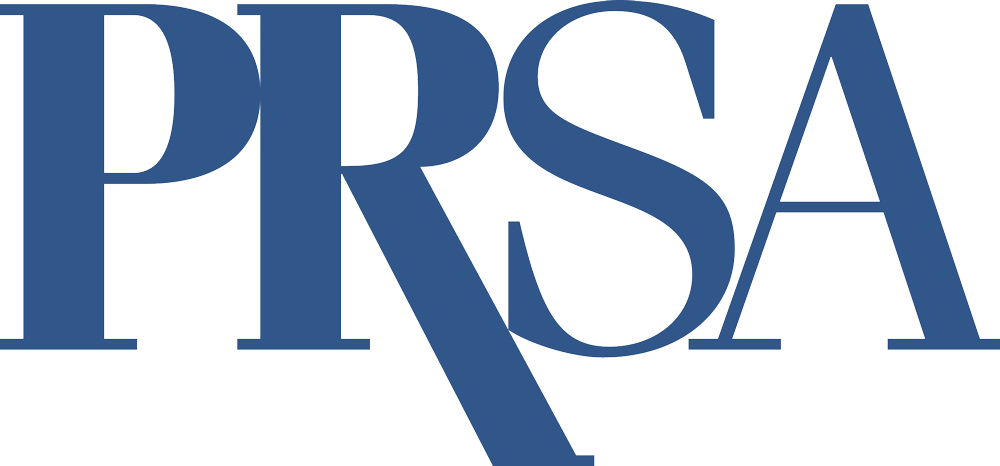Communicating Through Change and Crisis
By Melissa Vela-Williamson, M.A., APR, Fellow PRSA
May 2025
Anticipating and responding to a crisis should be the purview of everyone who works in public relations. Crisis communications should be a discipline studied by every type of communicator. Students are often surprised when I say their desire to work in social media means they should be prepared to manage issues, reputations and crises.
This year has brought unprecedented challenges, and crisis communications may soon transition from a specialized function to a standard practice. Embracing this reality and proactively planning to prevent, manage and navigate the emotional impact of crises is essential.
As the director of external affairs for LA County’s Justice, Care and Opportunities Department, Brenda Duran specializes in crafting impactful narratives that drive public trust, policy awareness, and social change.
I recently talked with Duran about her approach to crisis communications.
How have you navigated crisis communications in your work?
I have a decade of experience in government communications, with crisis communications playing a critical role. I’ve managed high-stakes situations requiring swift, strategic messaging to maintain public trust and transparency.
During elections, I developed rapid-response messaging to address ballot misprints, polling place changes and cybersecurity threats, ensuring voter confidence. When the pandemic hit, I helped LA County transition to online services, crafting clear messaging to guide residents through digital shifts and combat misinformation. I also supported internal teams, ensuring that employees had the tools to maintain essential public services. In my current role, I manage complex narratives around criminal justice reform, keeping messaging fact-based and mission focused.
You helped as a disaster service worker during the Los Angeles wildfires, assisting with communication efforts. What has that experience taught you about crisis comms?
My experience as a disaster service worker during the Los Angeles wildfires reinforced my crisis communication skills. I coordinated timely updates for the media, worked with government agencies to ensure consistency and provided critical information to impacted communities. Frequently going live on camera, I balanced urgency with clarity, ensuring that both residents and the media stayed informed. Relationship-building with global media outlets covering the fires proved invaluable.
Leading crisis responses in LA County has refined my strategies for handling emergencies, legal challenges and high-profile incidents. Every crisis is different, but consistent principles apply: managing media inquiries, crafting sensitive public statements and coordinating multi-agency messaging. I’ve learned that crisis communication isn’t just reactive — it’s about preparation, developing crisis playbooks and ensuring that teams are ready before the next crisis emerges.
What kind of support do PR pros need during crises?
PR professionals need strong support systems to manage crises effectively. A trusted network of peers provides valuable resources, contacts and emotional support. Organizational support is critical — real-time updates from internal sources prevent misinformation and ensure message consistency. Leadership must be transparent, ensuring PR teams receive accurate information to craft effective messaging. Cross-departmental coordination and crisis communication training also strengthen preparedness.
Leadership plays a key role in crisis response. Timely decision-making and clear directives are essential, as is trust between executives and PR teams. Post-crisis, recognizing the hard work of PR teams is crucial in debriefing and improving future response strategies.



